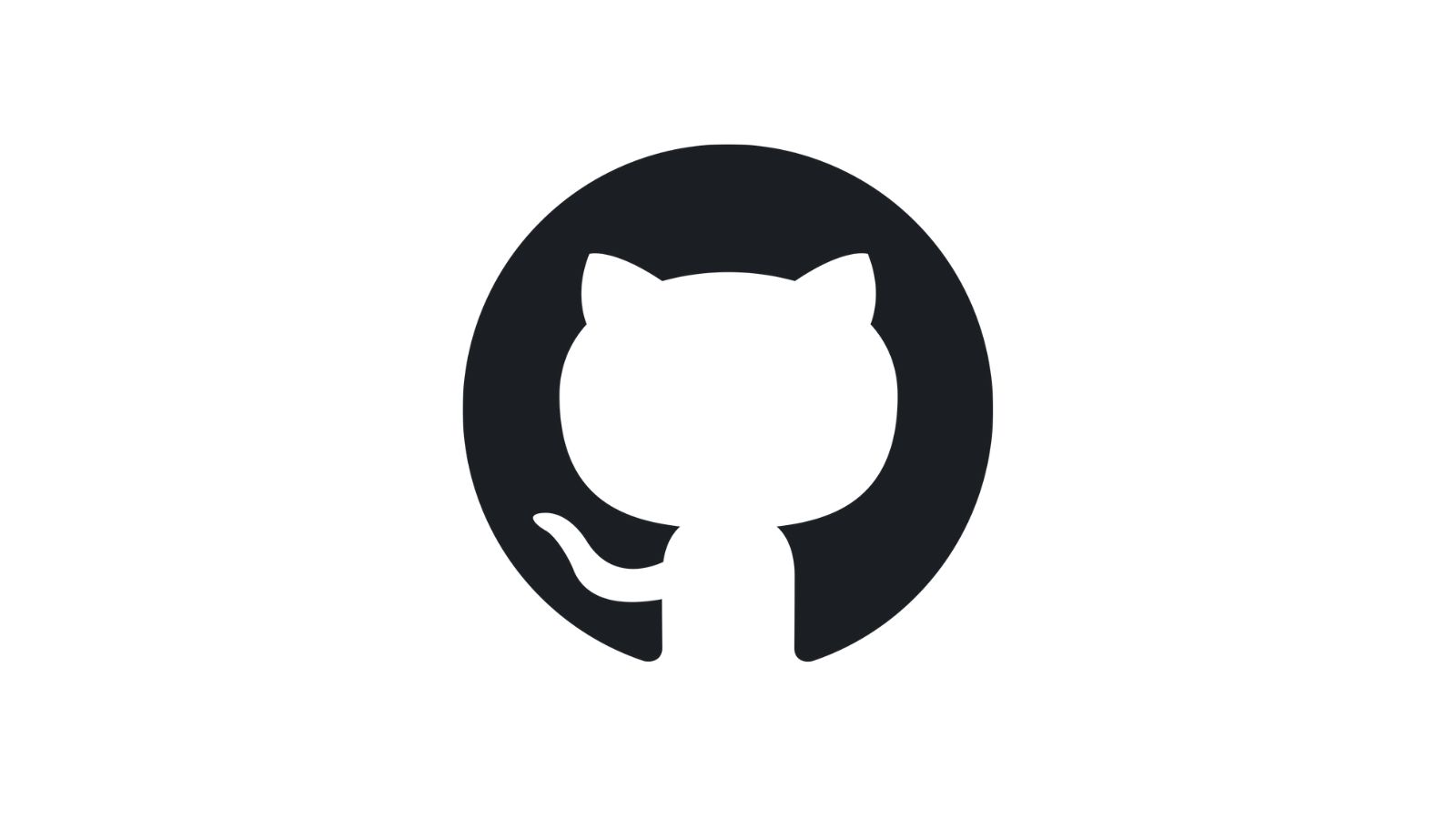GitHub is a cloud-based platform that helps developers store, manage, and collaborate on code using the Git version control system. It allows teams to track changes, resolve conflicts, and streamline software development across geographies and time zones.
The name GitHub is a combination of two elements. “Git” is a distributed version control system created by Linus Torvalds in 2005. The word “Git”is British slang for an unpleasant person, which Torvalds used jokingly when naming his tool. “Hub” reflects the platform’s role as a central place where developers come together to host and review code, manage projects, and build software collaboratively.
Launched in 2008, GitHub quickly became the world’s most popular code-sharing platform. Today, it supports open-source and private repositories, and integrates with tools for continuous integration, documentation, and security, making it a vital resource in the software development ecosystem.
The GitHub logo features an iconic character called the Octocat, a whimsical creature with the head of a cat and the tentacles of an octopus. Designed by graphic artist Simon Oxley, the Octocat represents creativity, curiosity, and the many-armed versatility of developers who navigate complex codebases. It reflects GitHub’s identity as a platform that blends technical precision with an open, collaborative spirit. The logo has since become a recognizable symbol in the global developer community.



